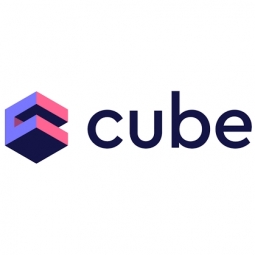Ternary's Innovative Approach to Managing Customer Generated Data at Scale
- Infrastructure as a Service (IaaS) - Public Cloud
- Platform as a Service (PaaS) - Application Development Platforms
- Time Sensitive Networking
- Usage-Based Insurance
- Cloud Planning, Design & Implementation Services
Ternary, a FinOps platform provider for Google Cloud (GCP) customers, was facing the challenge of managing and analyzing the large volume of cost-related data generated by its rapidly growing customer base. The platform, which aids cloud engineers, IT finance, and business teams in optimizing public cloud costs, had to deal with the complexities of providing a SaaS platform at scale. The challenge was to break down costs by projects and other dimensions across a time series for users with many values in a given dimension. The company was frequently running into issues with Cube’s response limit of 50,000 rows, which could result in incomplete datasets and inaccurate total cost calculations. The challenge was to present complete, accurate data to users, enabling them to perform multidimensional analysis of vast volumes of cost data.
Ternary is a software company that provides a FinOps platform to serve Google Cloud (GCP) customers' unique needs. The platform empowers cloud engineers, IT finance, and business teams to collaborate more effectively on public cloud cost optimization. The company is in high-growth mode on all fronts, and its platform now supports many of the largest GCP customers. These customers bring the challenge of providing a SaaS platform at scale. Ternary is based in San Francisco, CA, United States and has between 11-50 employees.
Ternary developed a solution that focused on presenting the 'most interesting' data points to users, defined as their highest spend in a 30-day period and the general shape of their expenses during that time. To avoid exceeding Cube's response limit, Ternary imposed limits on their queries so that users only saw this data. This made their charts more readable and eliminated the concern about maxing out the Cube response limit. However, this approach meant that some data was inevitably lost. To account for this, Ternary rolled all the 'less interesting' data points into an 'other' column, ensuring the accuracy of total spend and subsequent calculations. Ternary used a 3-query approach to expose the 'most important' data and generate the 'other' column. This approach involved requesting all cost totals day by day, requesting the top N number of the 'most interesting' combinations of projects and categories, and then requesting cost day by day broken down by project-category pairs using filters generated from the second query.
Related Case Studies.











